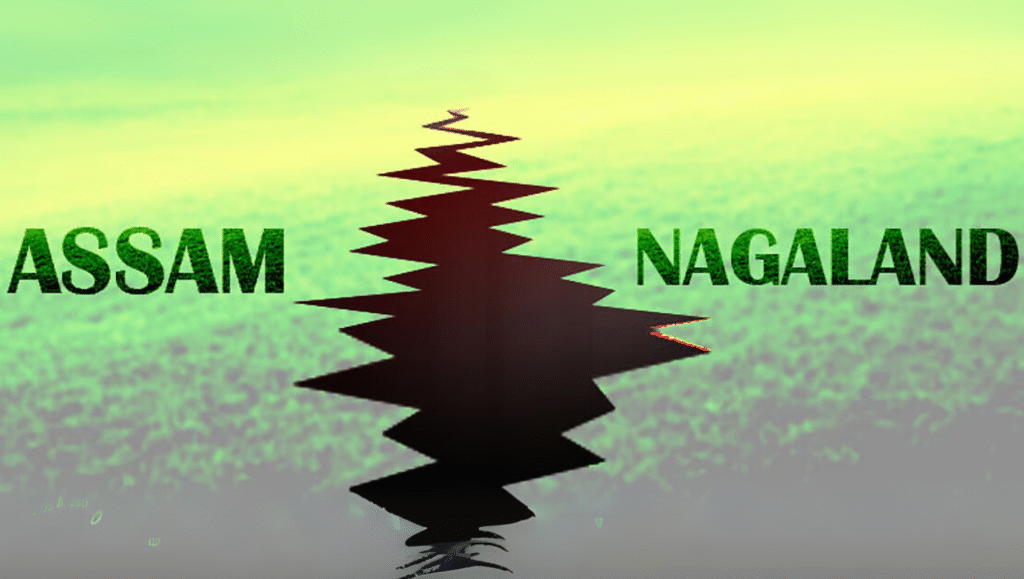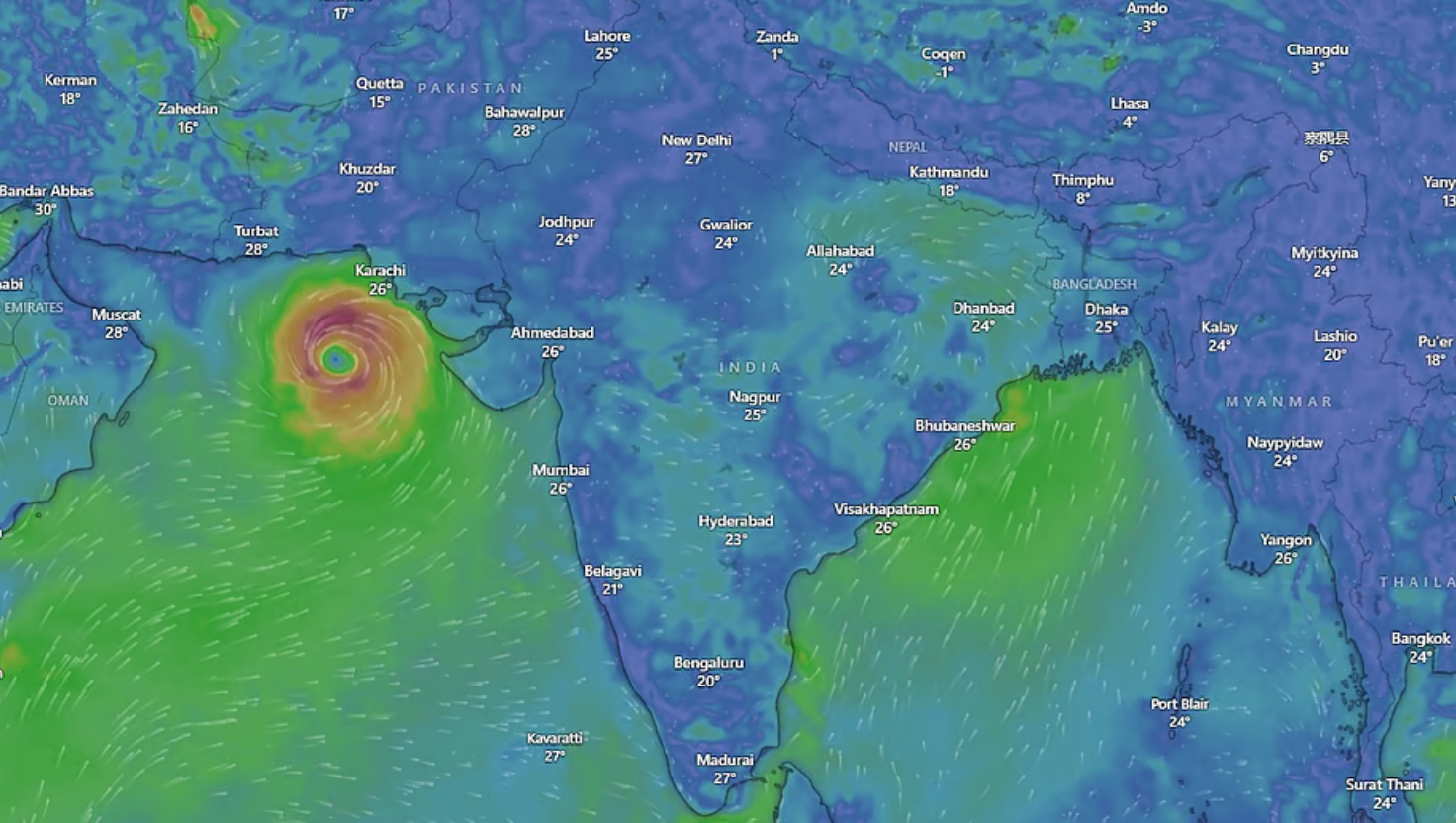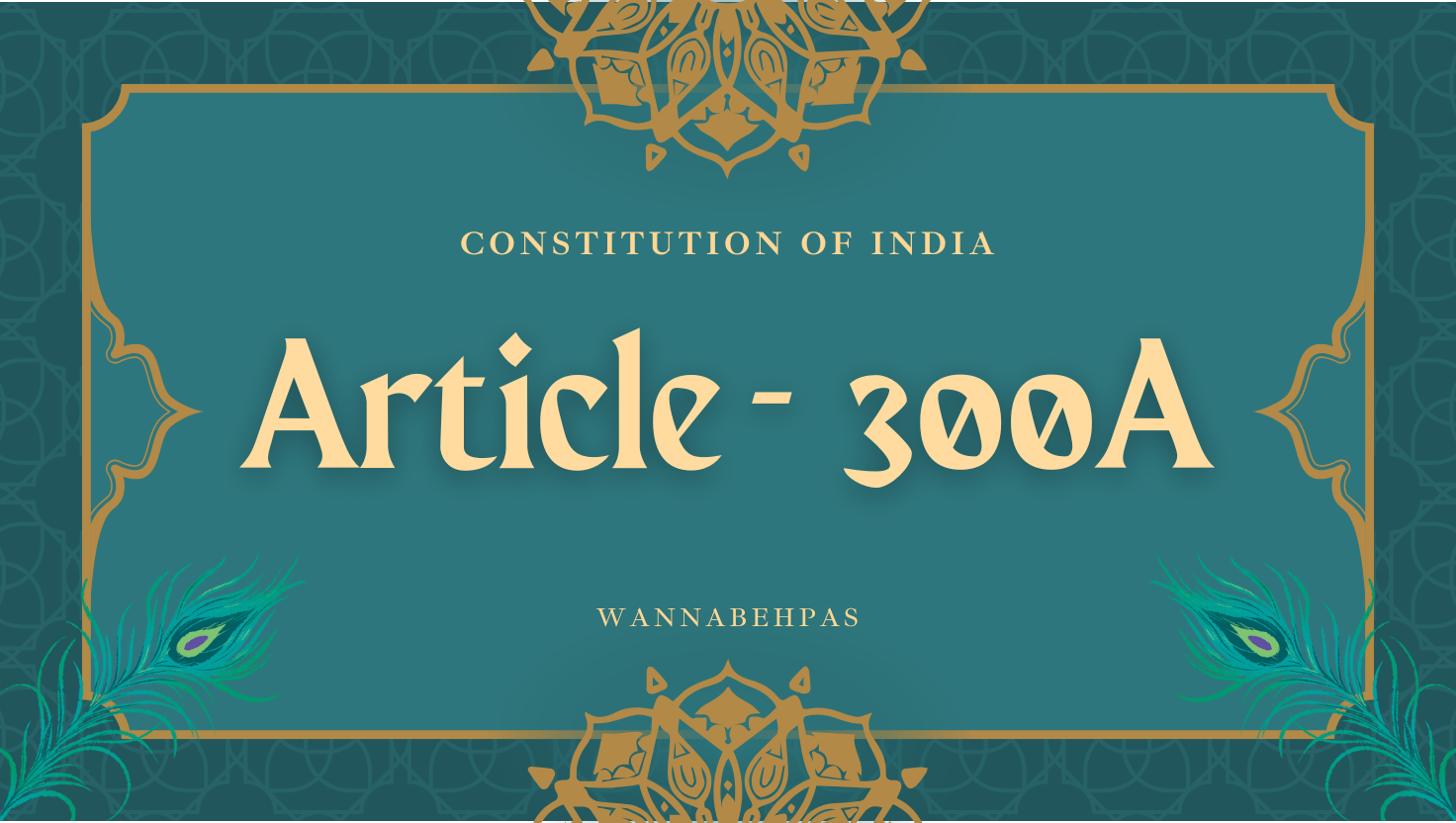Assam–Nagaland Border Conflict: Historical Roots and Ongoing Dispute over the Disputed Area Belt
Syllabus: Polity & Governance (UPSC Prelims)
Source: The Hindu
Context:
Tensions reignited along the Assam–Nagaland border after armed miscreants, allegedly from Nagaland, set fire to nearly 100 houses in a minority-dominated village located in the disputed B Sector of Assam’s Golaghat district.
Overview of the Assam–Nagaland Border Dispute
The Assam–Nagaland border dispute is one of India’s oldest inter-state conflicts, centering on territorial claims by Nagaland over parts of Assam’s Golaghat, Jorhat, and Sivasagar districts—particularly within the Disputed Area Belt (DAB), a stretch of forested land jointly patrolled by security forces. Since 1979, the CRPF has acted as a neutral force to maintain peace.
The Conflict Zone
Naga tribesmen continue to raid border villages, claiming that their ancestral lands were unjustly gifted to Assam by the British Raj.
The Disputed Area Belt, covering approximately 12,882 sq. km, lies mainly in Golaghat, Jorhat, and Sivasagar districts of Assam.
Border Districts:
- Assam: Dima Hasao, Karbi Anglong, Golaghat, Jorhat, Sivasagar
- Nagaland: Peren, Dimapur, Wokha, Mokokchung, Longleng, Mon
Historical Background
Colonial Roots (1826–1925):
After the Treaty of Yandabo (1826), the British established the Naga Hills District in 1866. Subsequent boundary notifications altered administrative limits without consulting local Naga tribes, sowing seeds of discontent.
Post-Independence (1947–1963):
The Naga independence declaration in 1947 and the creation of Nagaland State (1963) through the Naga Hills–Tuensang Area Act (1957) did not clearly define boundaries, leading to overlapping claims and disputes with Assam.
Rebel Agenda
The NSCN (Isak-Muivah) faction intensified the dispute by arming locals to push its political goal of creating a “Greater Nagalim”—a unified Naga homeland including parts of Assam, Arunachal Pradesh, and Manipur.
Attempts at Resolution
- Sundaram Commission (1972): Recommended maintaining status quo; led to four Interim Agreements.
- Shastri Commission (1985), J.K. Pillai Commission (1997), Variava & Chatterjee Commissions (2006): All attempted boundary demarcation but failed to achieve consensus.
About the Disputed Area Belt (DAB)
The Disputed Area Belt, covering parts of Golaghat, Jorhat, Sivasagar, and Karbi Anglong districts, runs along the 512 km inter-state boundary.
- Assam’s Stand: The constitutional boundary of 1963 must be respected.
- Nagaland’s Claim: Based on historical and ethnic grounds, citing the 16-Point Agreement (1960) and ancestral Naga territories altered by British rule.
Assam alleges that Nagaland has encroached upon over 60,000 hectares of its territory within the DAB.
Conclusion
Periodic violence continues despite peace efforts. The Union Ministry of Home Affairs oversees security and coordination between both states while encouraging dialogue for a long-term resolution.











